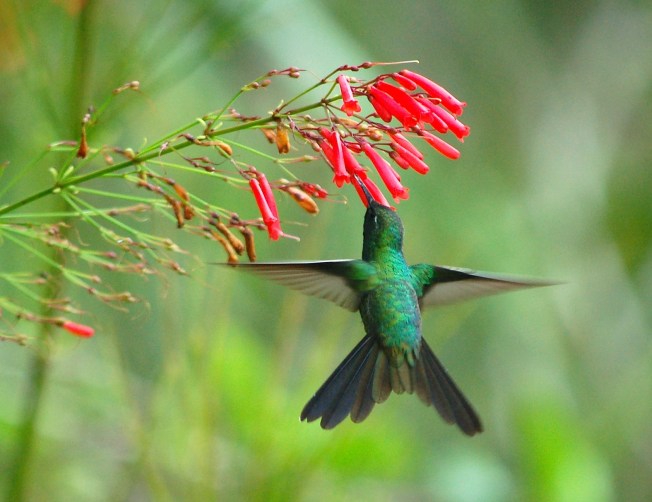
Cuban Emerald (male) Abaco – Becky Marvil
‘SEXING THE HUMMER’: A GENDER GUIDE TO ABACO’S HUMMINGBIRDS
The subject matter of this post is not as indelicate as the title might imply; nor is it a ‘hands-on’ practical guide for intimate examinations of tiny birds. In particular it does not publicise some recently discovered louche activity involving unfeasibly large motor vehicles. It’s all about plumage. In my thin disguise as a person with apparent knowledge about the wildlife of a country that is not my own, I get frequent requests for bird ID. Some, I know at once. Some I have to think about, my memory not being quite as…
Where was I? Yes, bird ID. I use BRUCE HALLETT’S book of course, and online the CORNELL LAB and AUDUBON sites. OISEUX-BIRDS is also a good resource and has a large archive of images. And of course dear old Google – they may watch your every keystroke and know more about you than you do yourself, but put a bird’s name into Google Images and you’ll probably see your bird in every static pose or flight you need for ID. They’ll log that too for future use. I have had some queries about Bahama Woodstar gender ID, and more recently, Cuban Emeralds. So here are the adult males and females of each species in all their undoubted glory…
BAHAMA WOODSTAR (Calliphlox evelynae)

Bahama Woodstar (male), Abaco (Bruce Hallett)
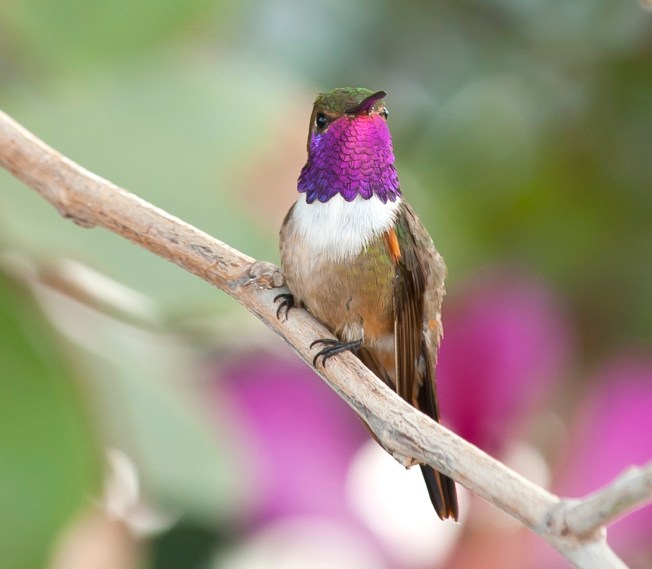
Bahama Woodstar male, Abaco Bahamas (Tom Sheley)

Bahama Woodstar (female), Delphi Club, Abaco (Keith Salvesen)
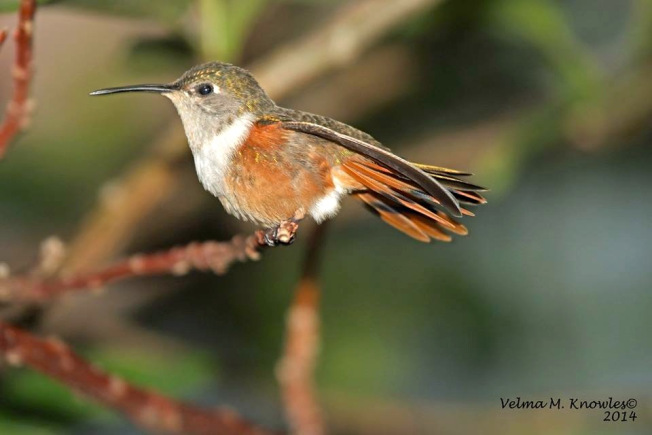
Bahama Woodstar (female), Abaco (Velma Knowles)

Bahama Woodstar (female), Bahama Palm Shores, Abaco (Tara Lavallee)
WOODSTAR ID MADE EASY
Males have a glorious purple, showy ‘gorget’. Females are less flamboyant, and have grey throats and fronts. Tara’s wonderful photo above vividly demonstrates their more delicate beauty. It’s one of my personal favourites from “BIRDS OF ABACO“, along with Tom Sheley’s above, the bird that graces the jacket.
CUBAN EMERALD (Chlorostilbon ricordii)
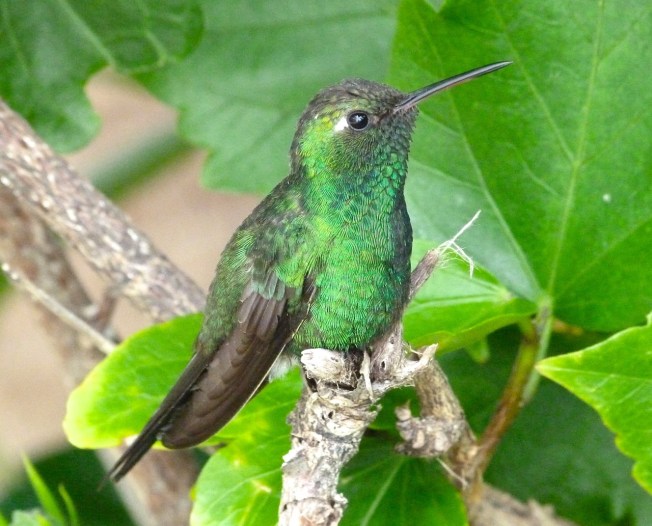
Cuban Emerald (male), Delphi Club, Abaco (Keith Salvesen)

Cuban Emerald (male), Abaco (Erik Gauger)

Cuban Emerald (female), Delphi Club, Abaco (Keith Salvesen)

Cuban Emerald (female) Gilpin Point, Abaco (Keith Salvesen)
EMERALD ID MADE EASY
Male emeralds are basically… er… emerald green all over , apart from the wings. Females have grey throats and fronts, and lack the chestnut frontal band of the female woodstar. I’d say that their iridescent green is a different metallic shade from the male, but that may be just me. I don’t have the palette vocab to describe it, but advice welcome! Perhaps one can simply say it is more subtle.
SO IT’S JUST THE TWO HUMMERS ON ABACO, IS IT?
The answer is ‘No’. But don’t make a special trip to see the third species – they are casual / irregular vagrants only, and a definite sighting will be a rarity. But just in case, here are stock photos of a male and a female, and (taken on Abaco by Bruce Hallett) an immature male of the species…
RUBY-THROATED HUMMINGBIRD
Male
Female
Ruby-throated Hummingbird (male, immature)

Ruby-throated Hummingbird (male, imm), Abaco (Bruce Hallett)
This is an attractive print of the R-tH by Menaboni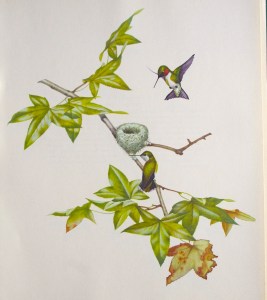
To complete this post, I’ll add a brilliant Woodstar photo taken by Tom Sheley, birdman and generous fishing partner, that I reckon spans the boundary between photography and art.

Bahama Woodstar female.Abaco Bahamas.Tom Sheley
Credits: In addition to those shown below images, Steve Maslowski and Tim Ross for the RTHs









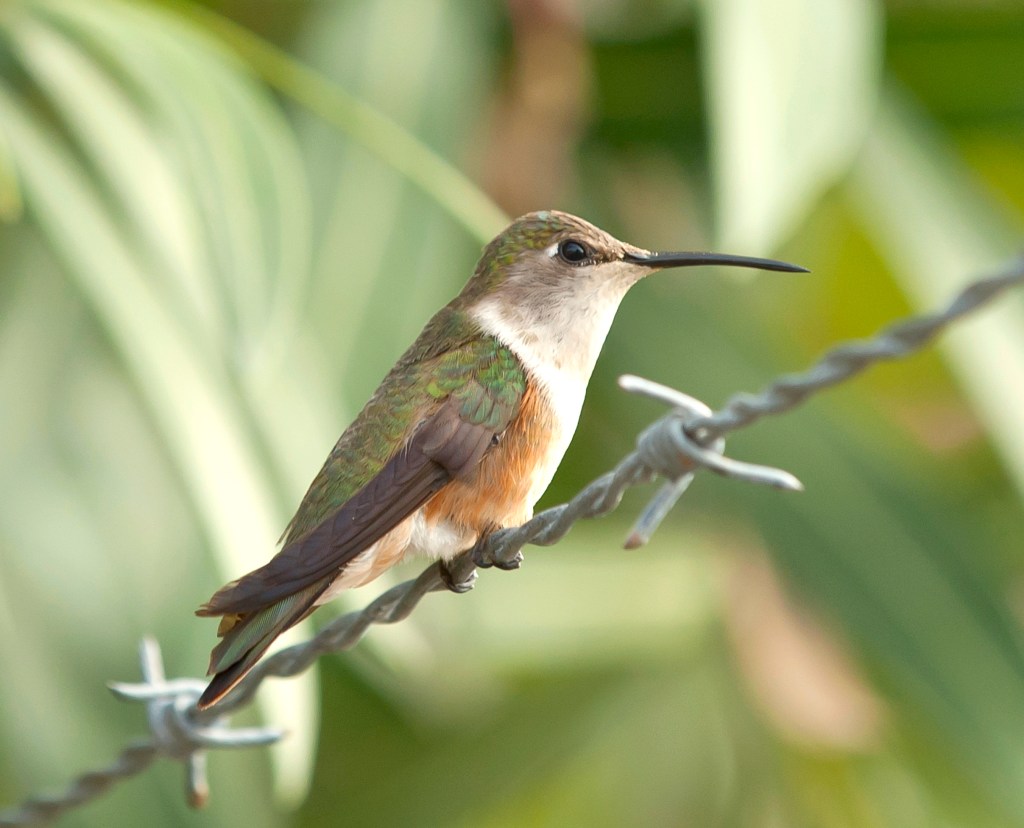

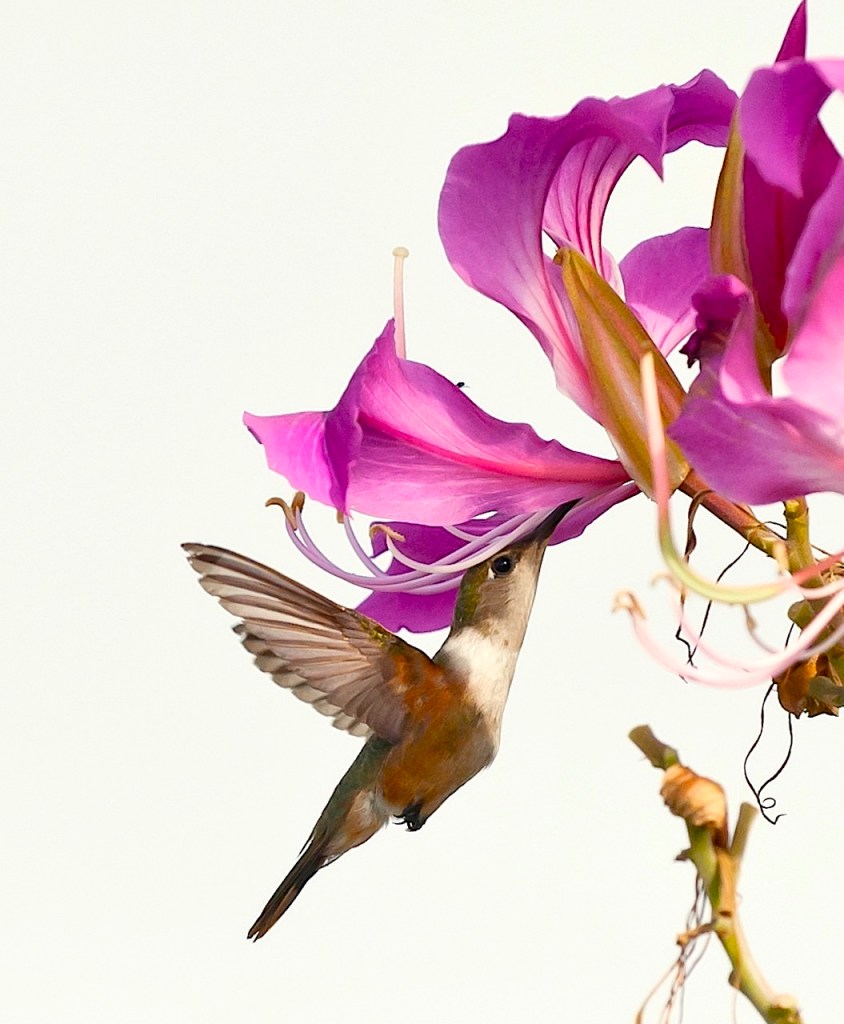
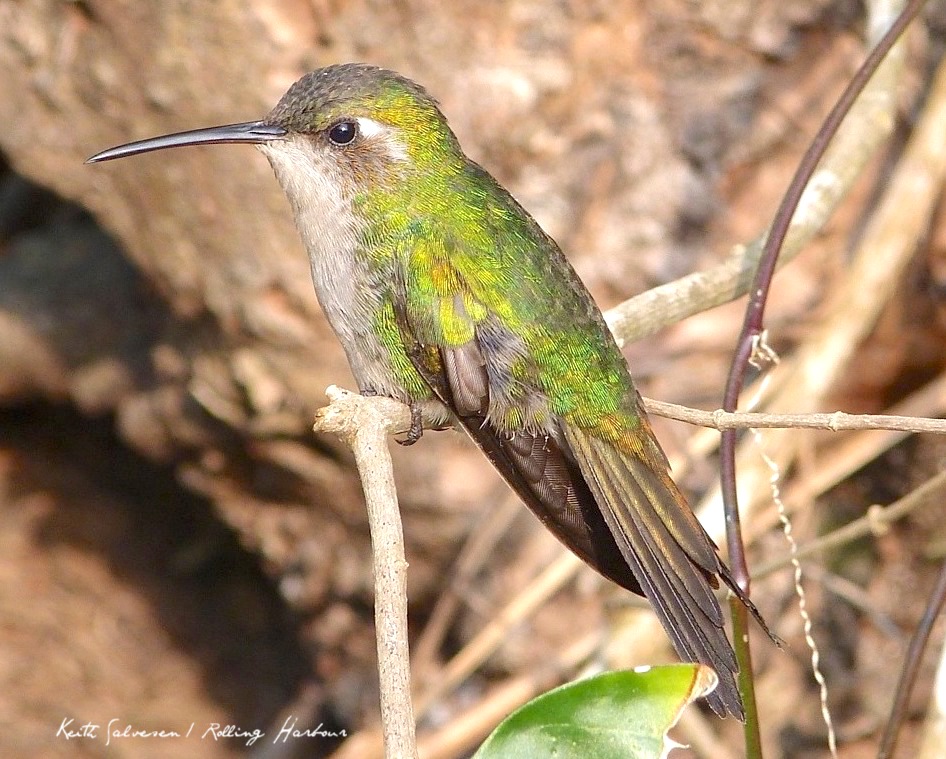

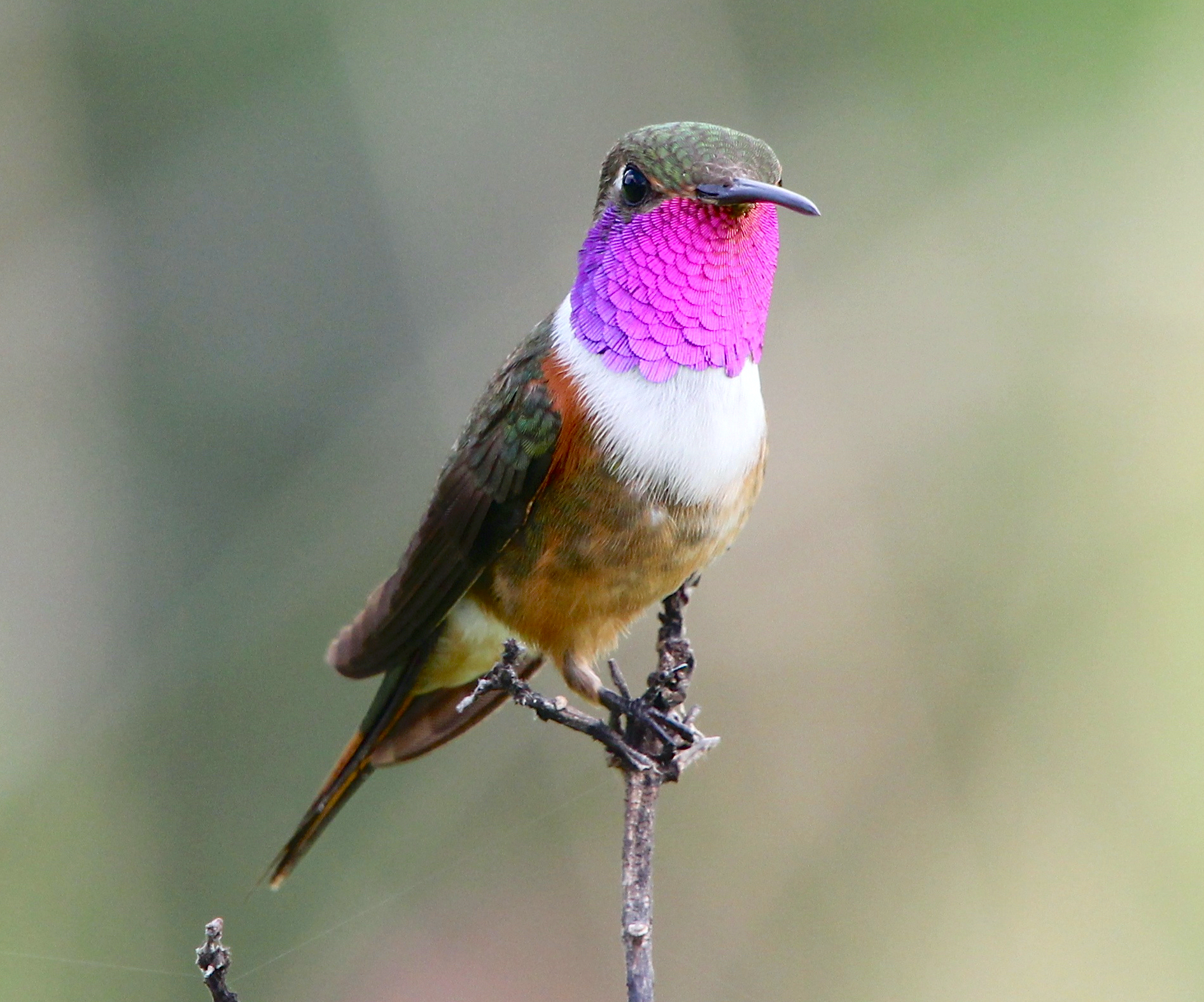


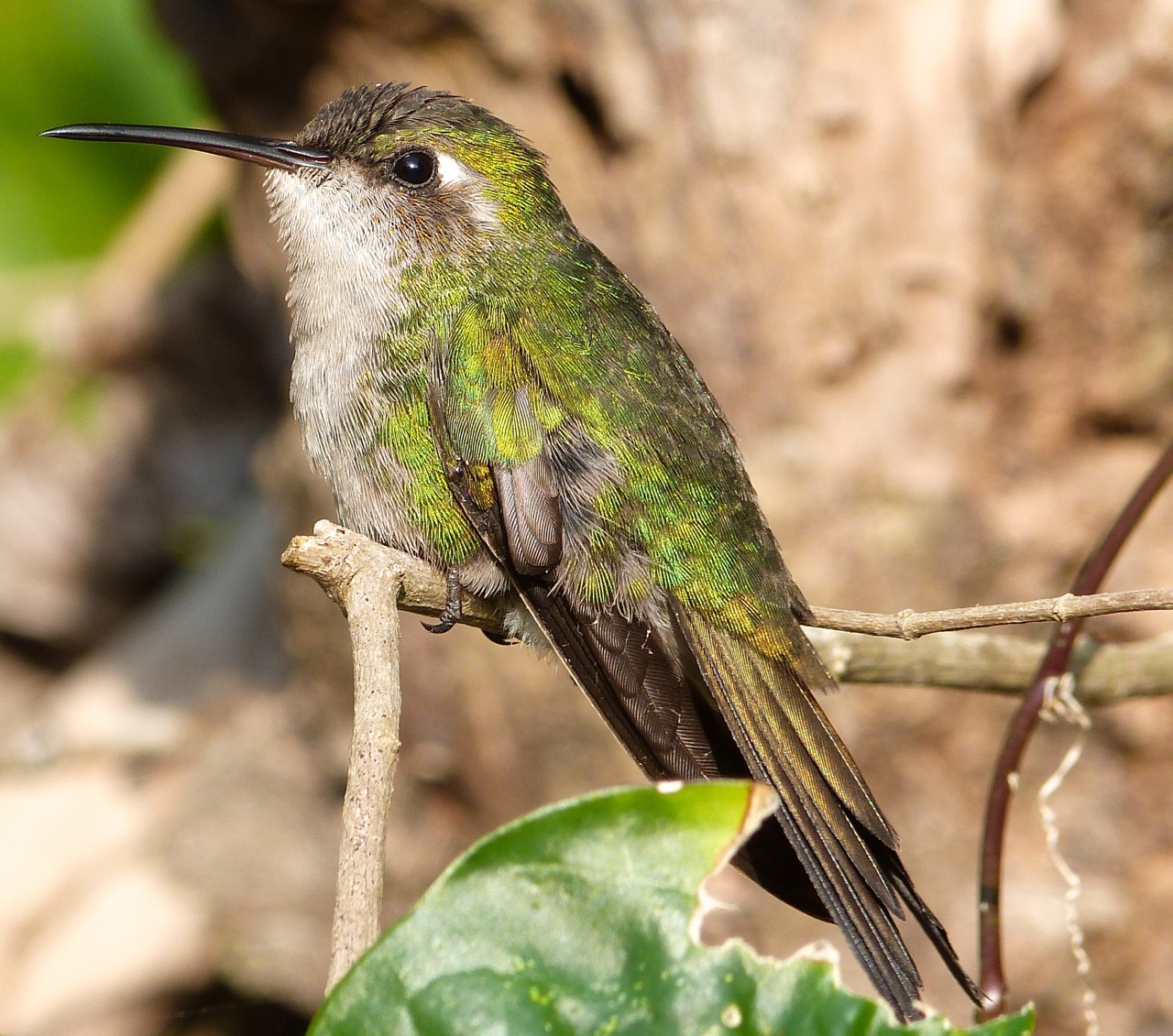
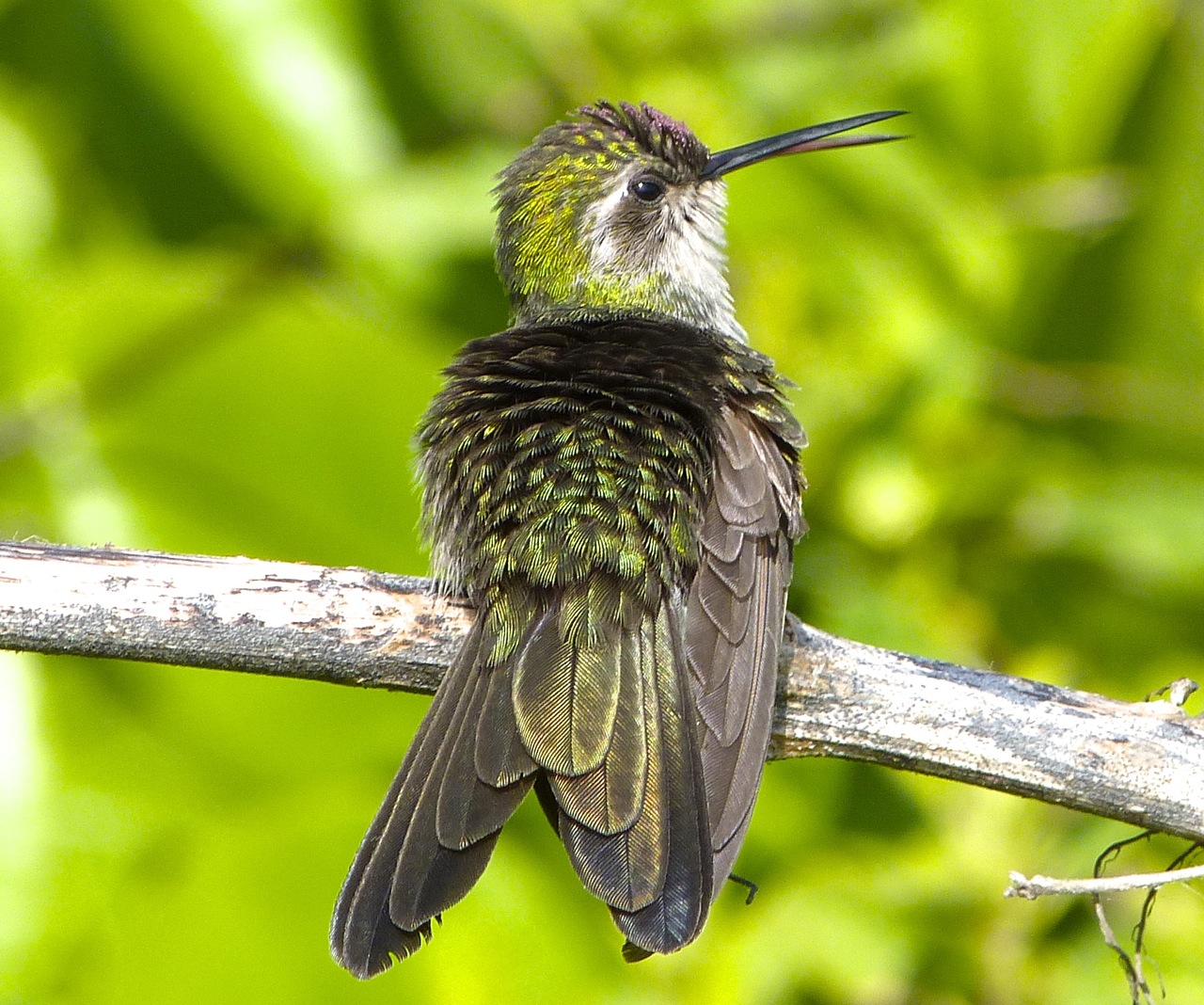


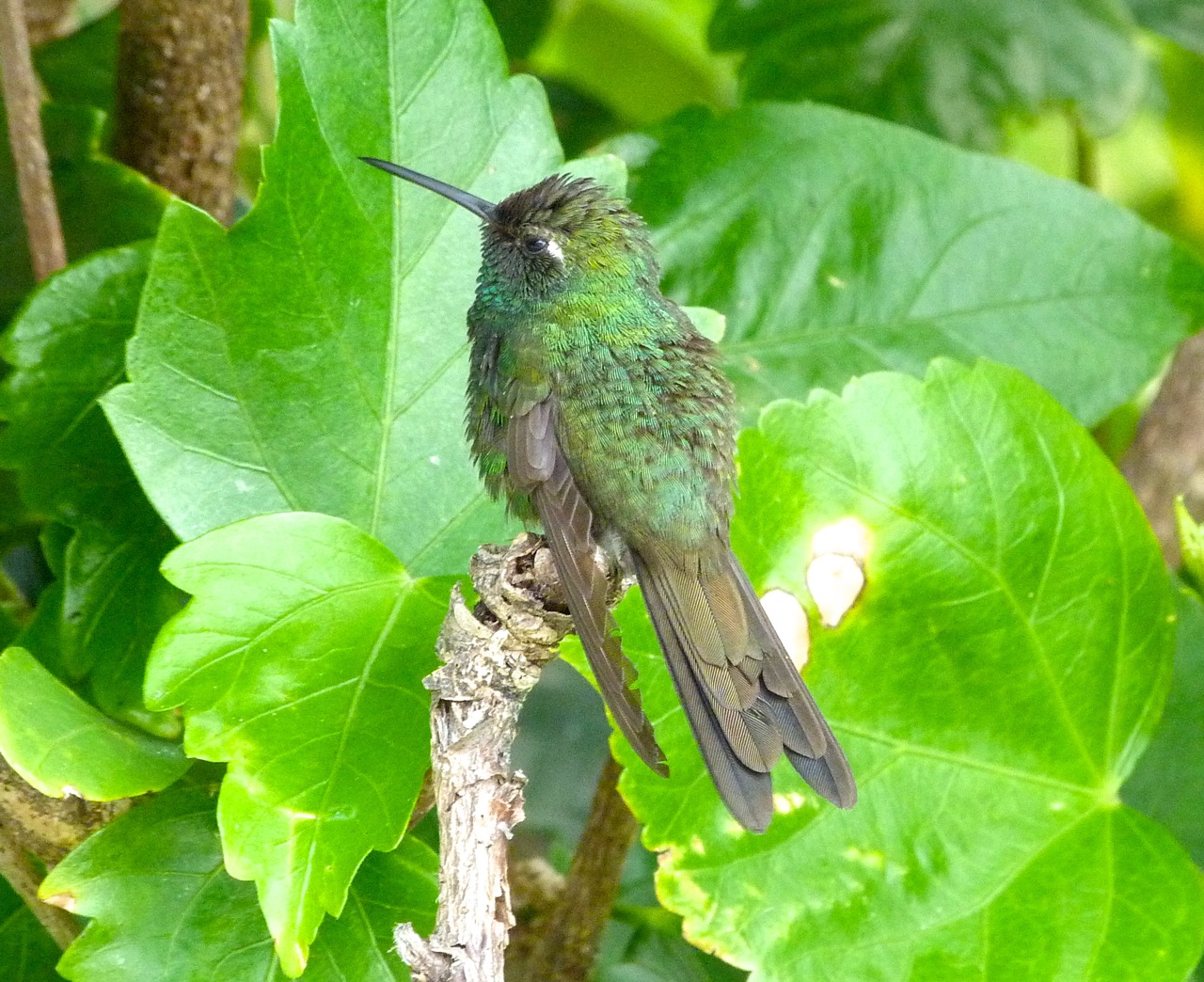

















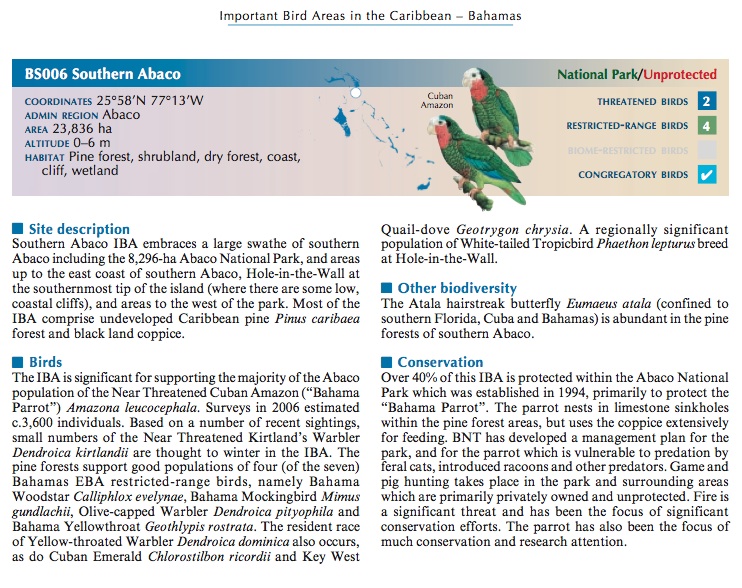
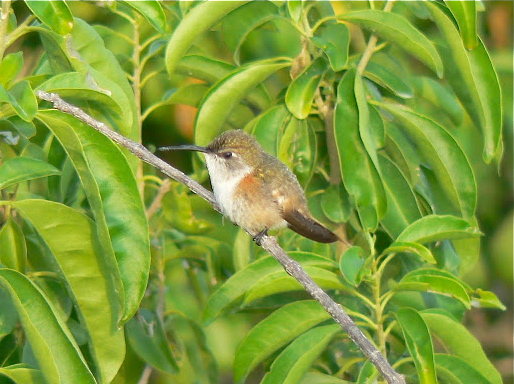




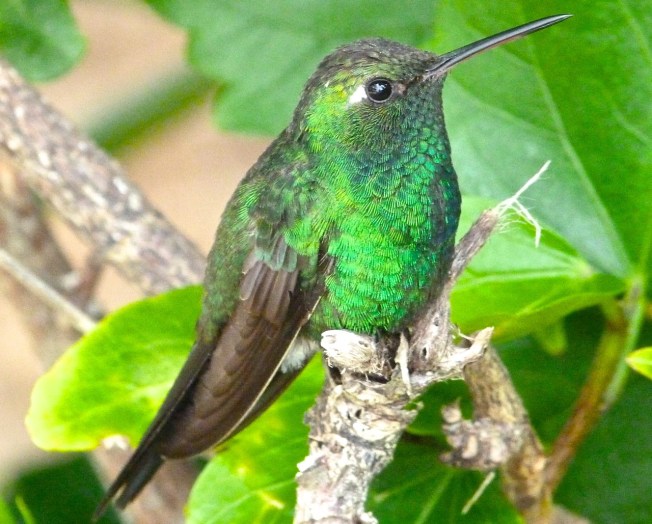





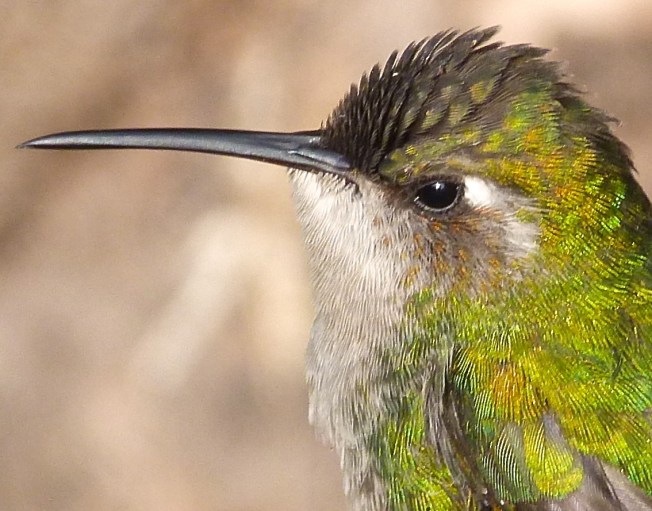
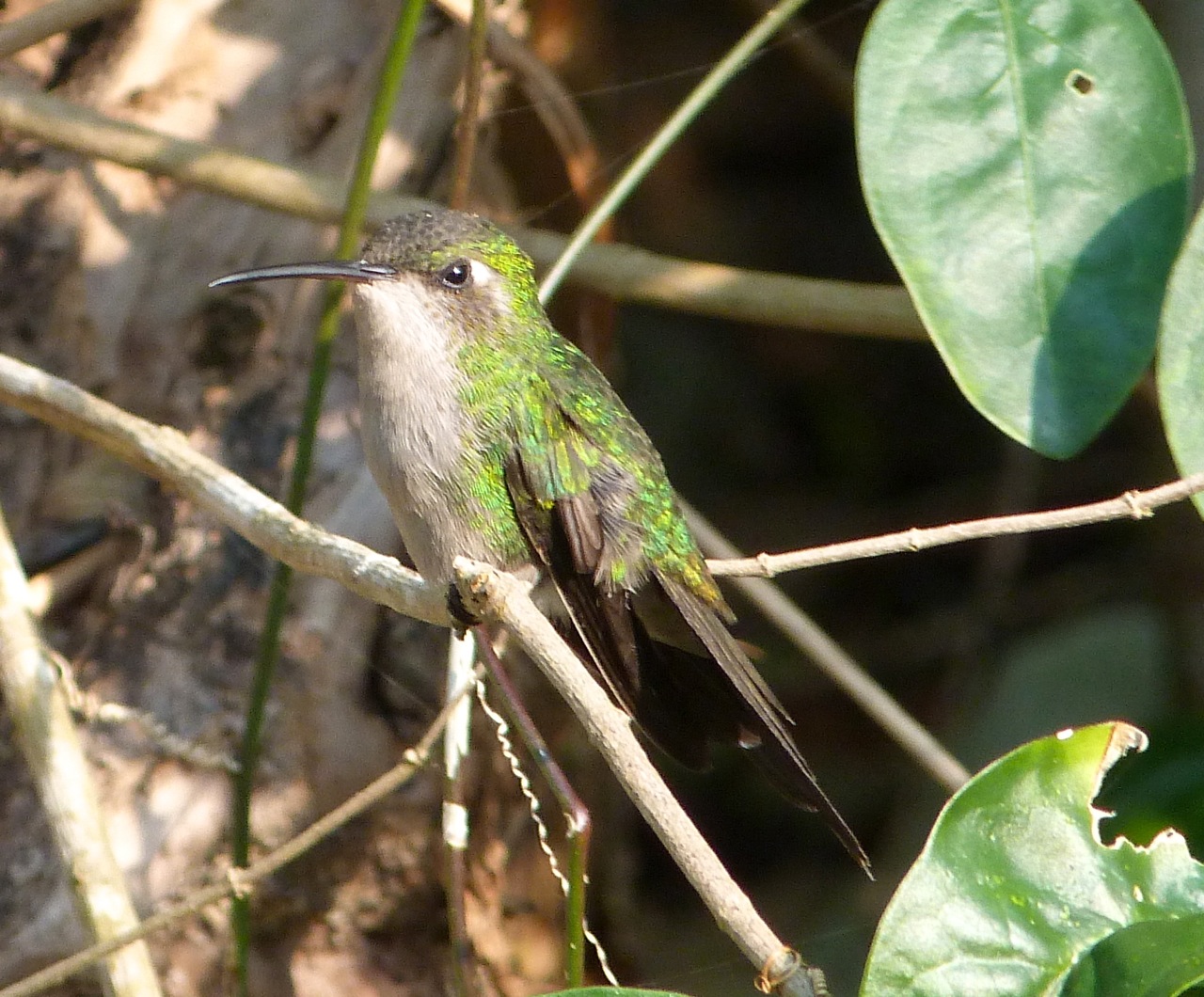

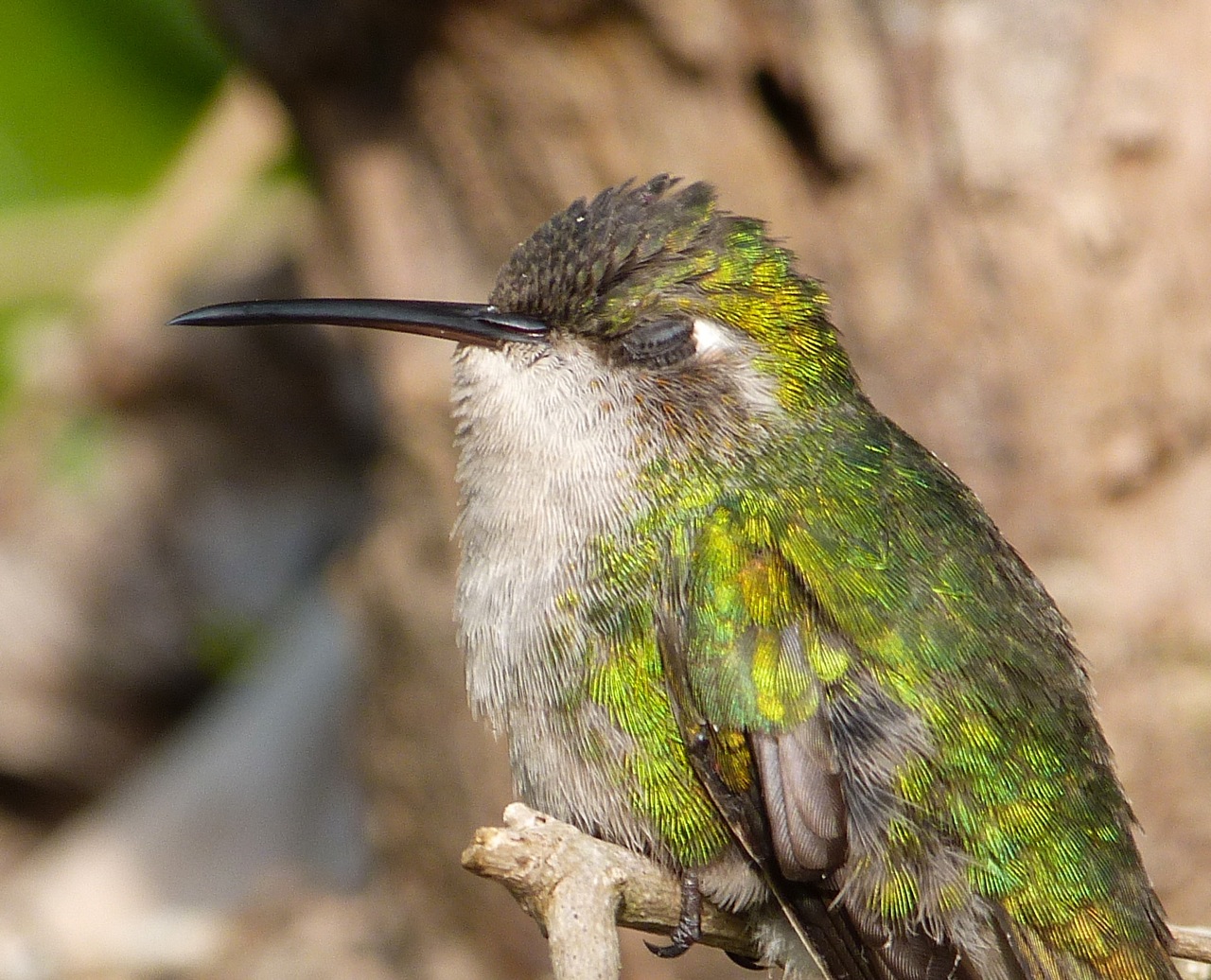
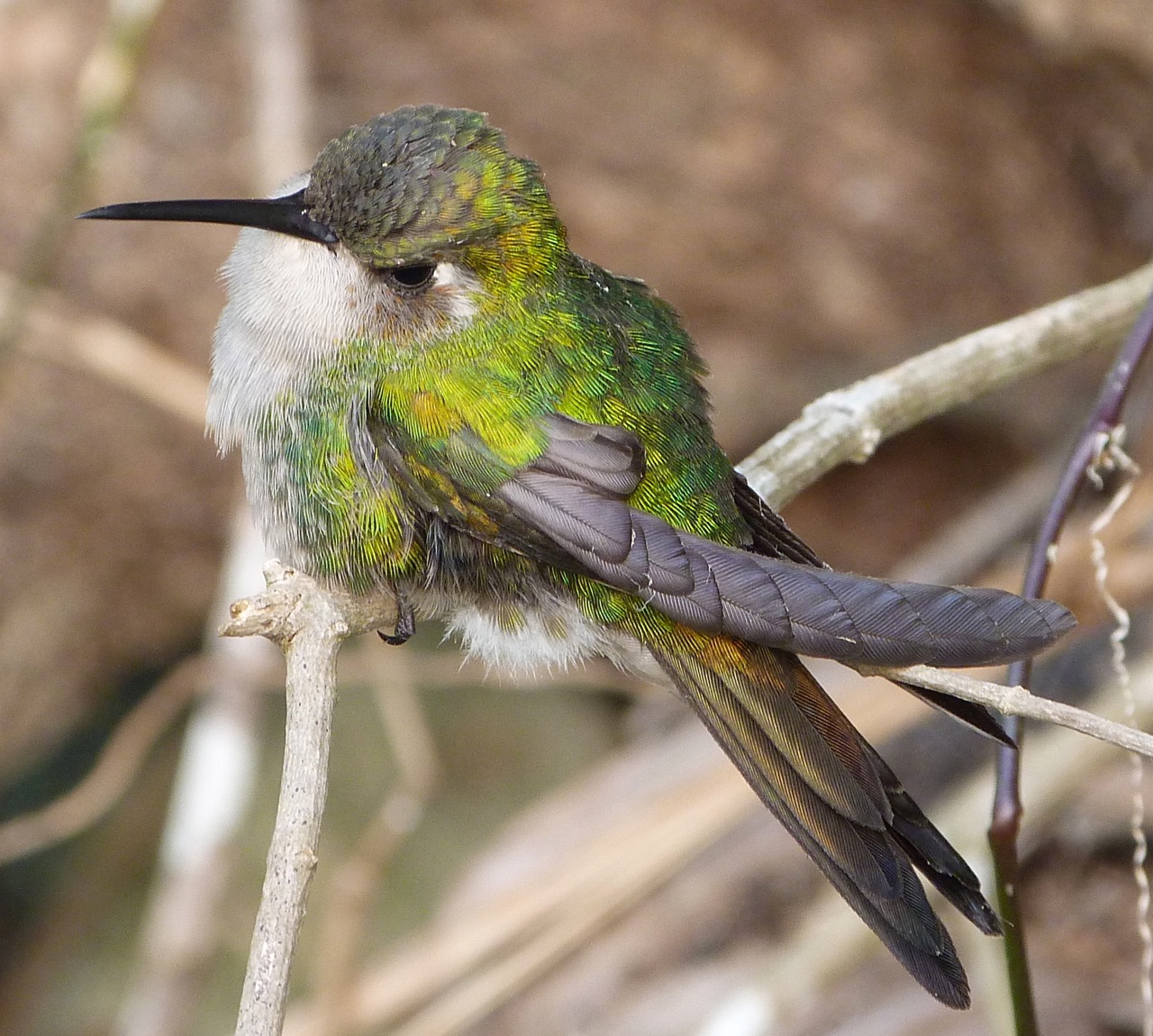
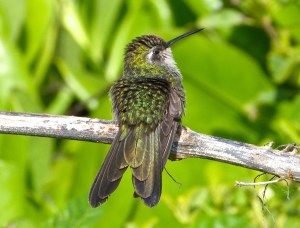
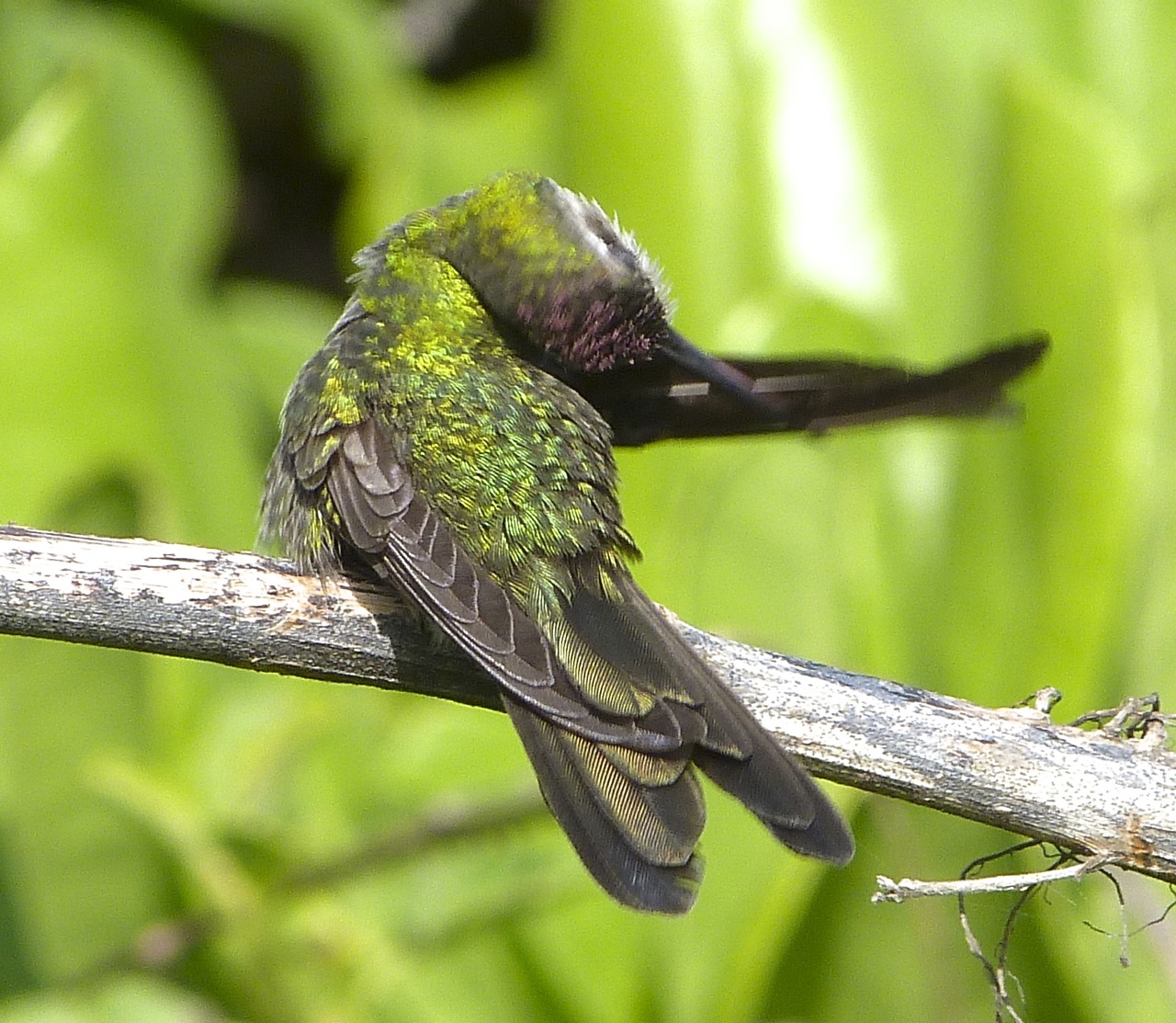
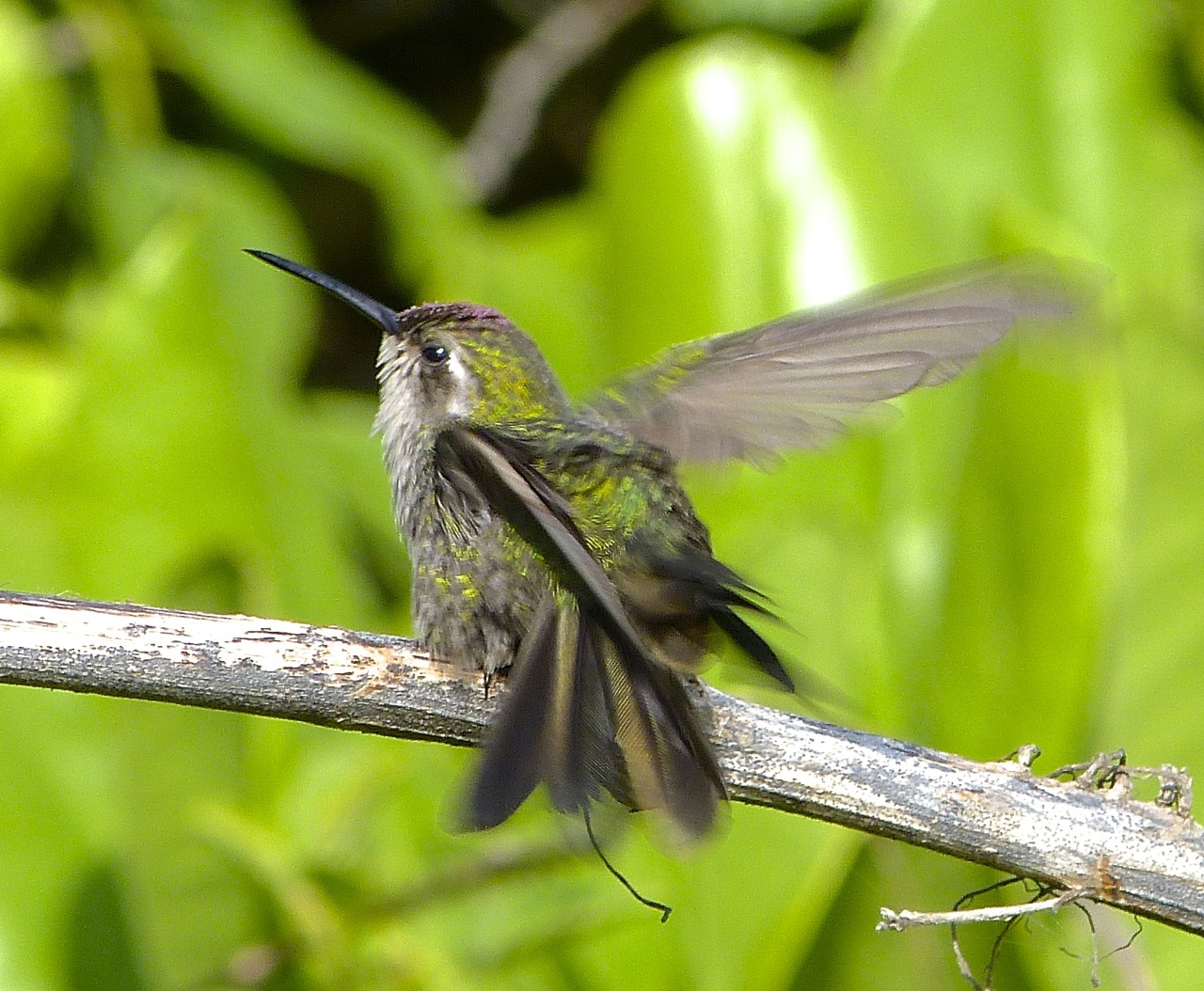
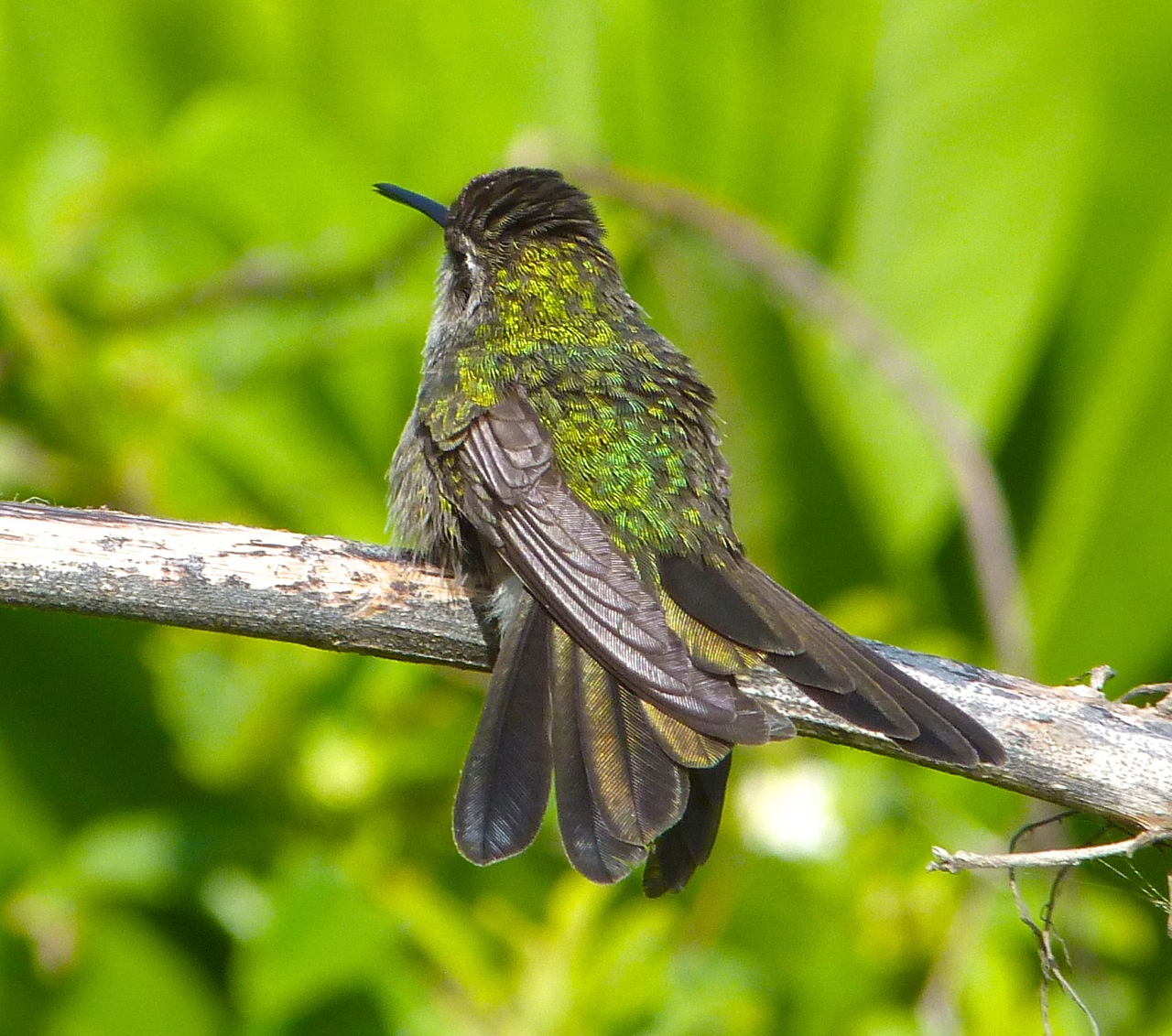
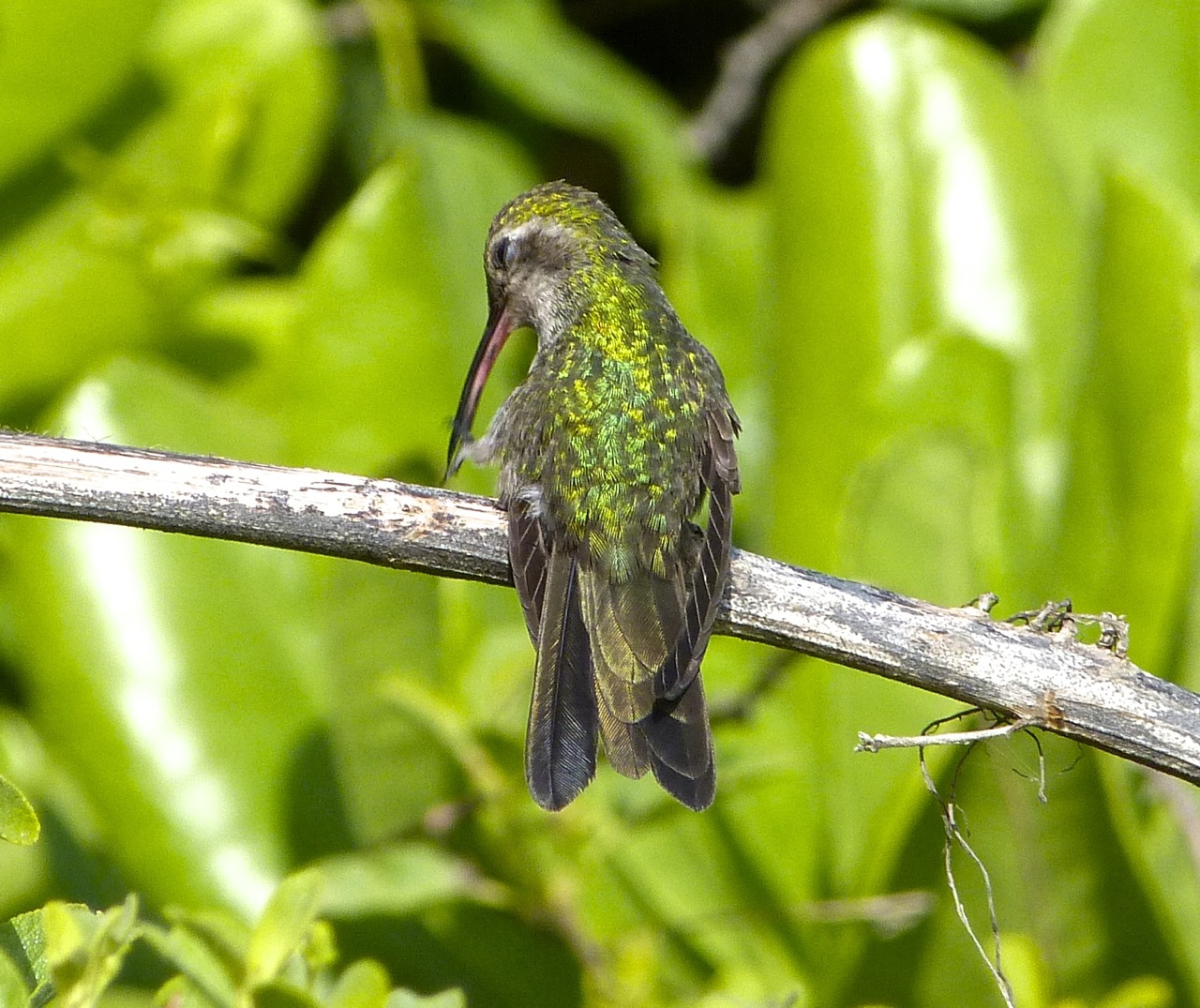
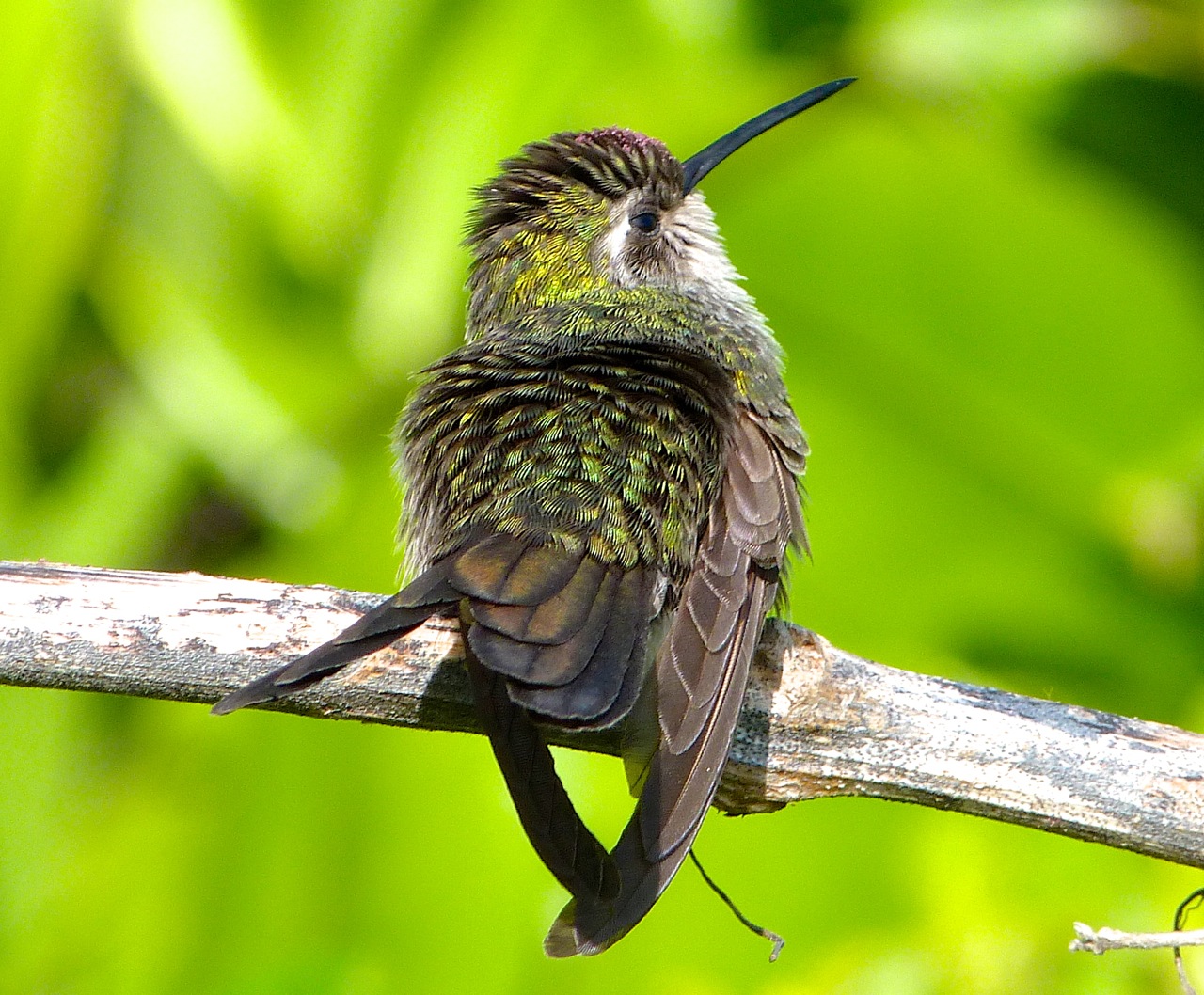
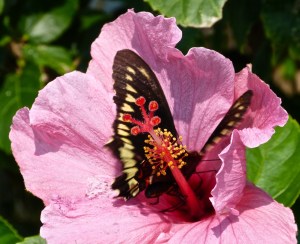



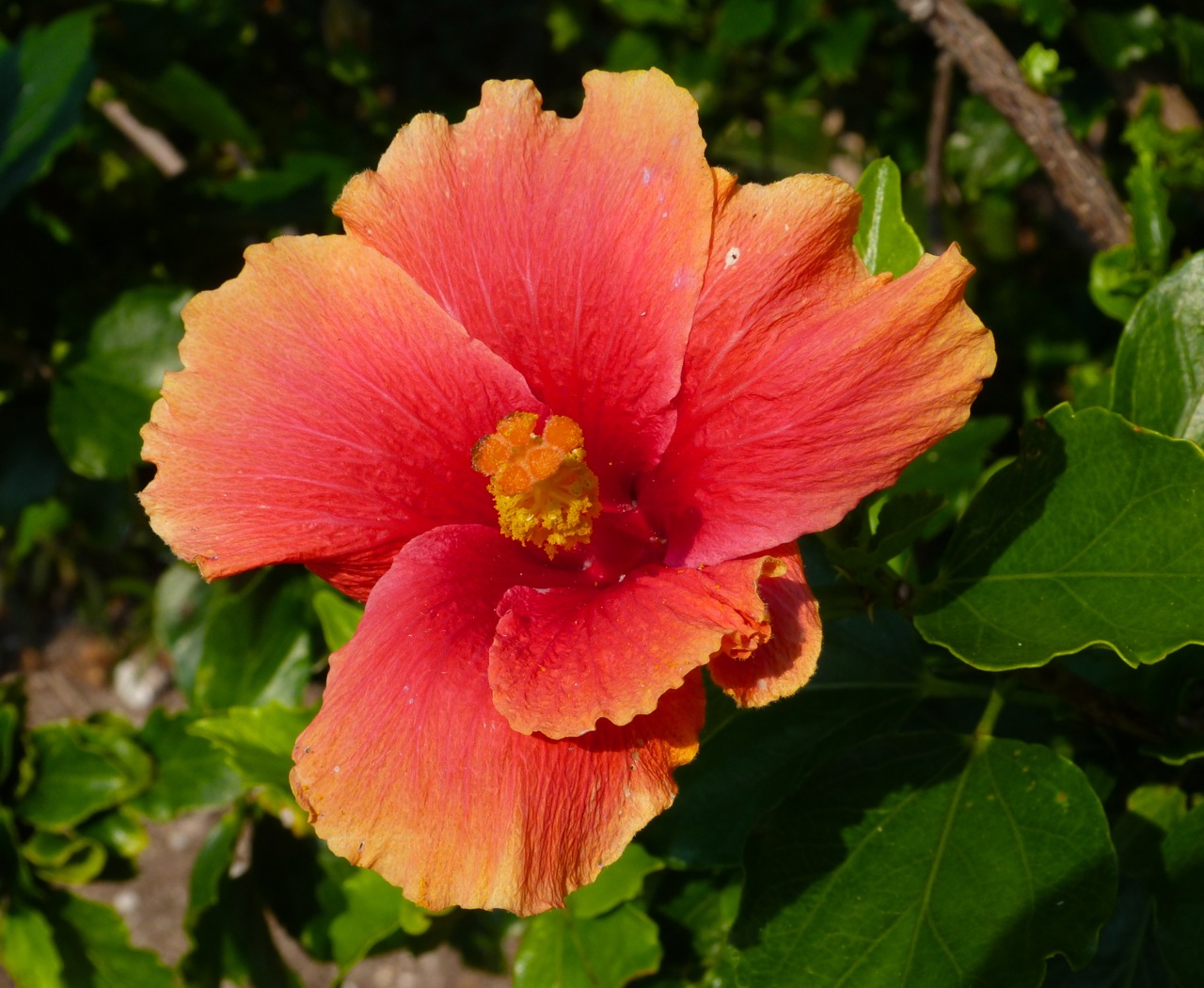
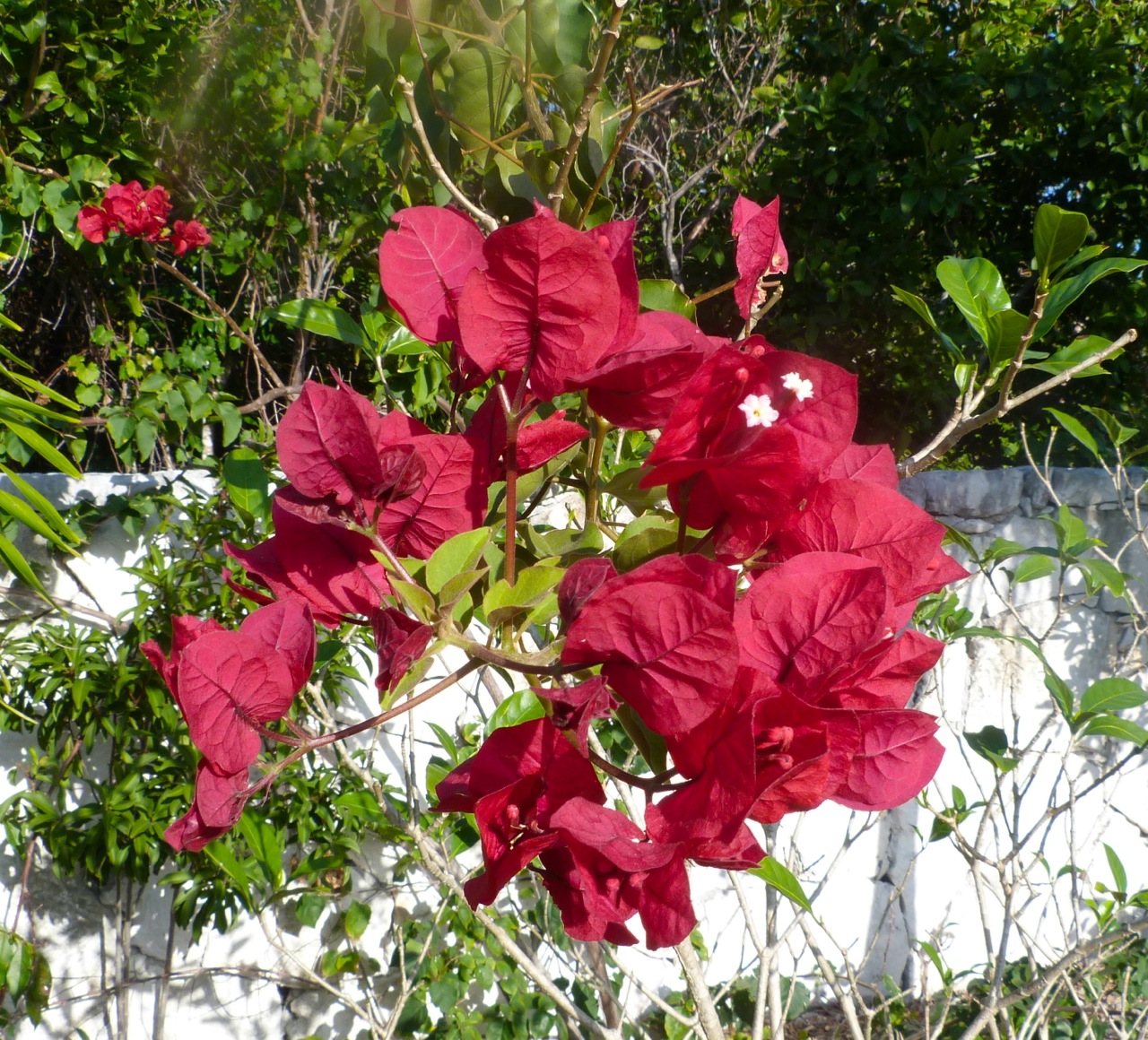

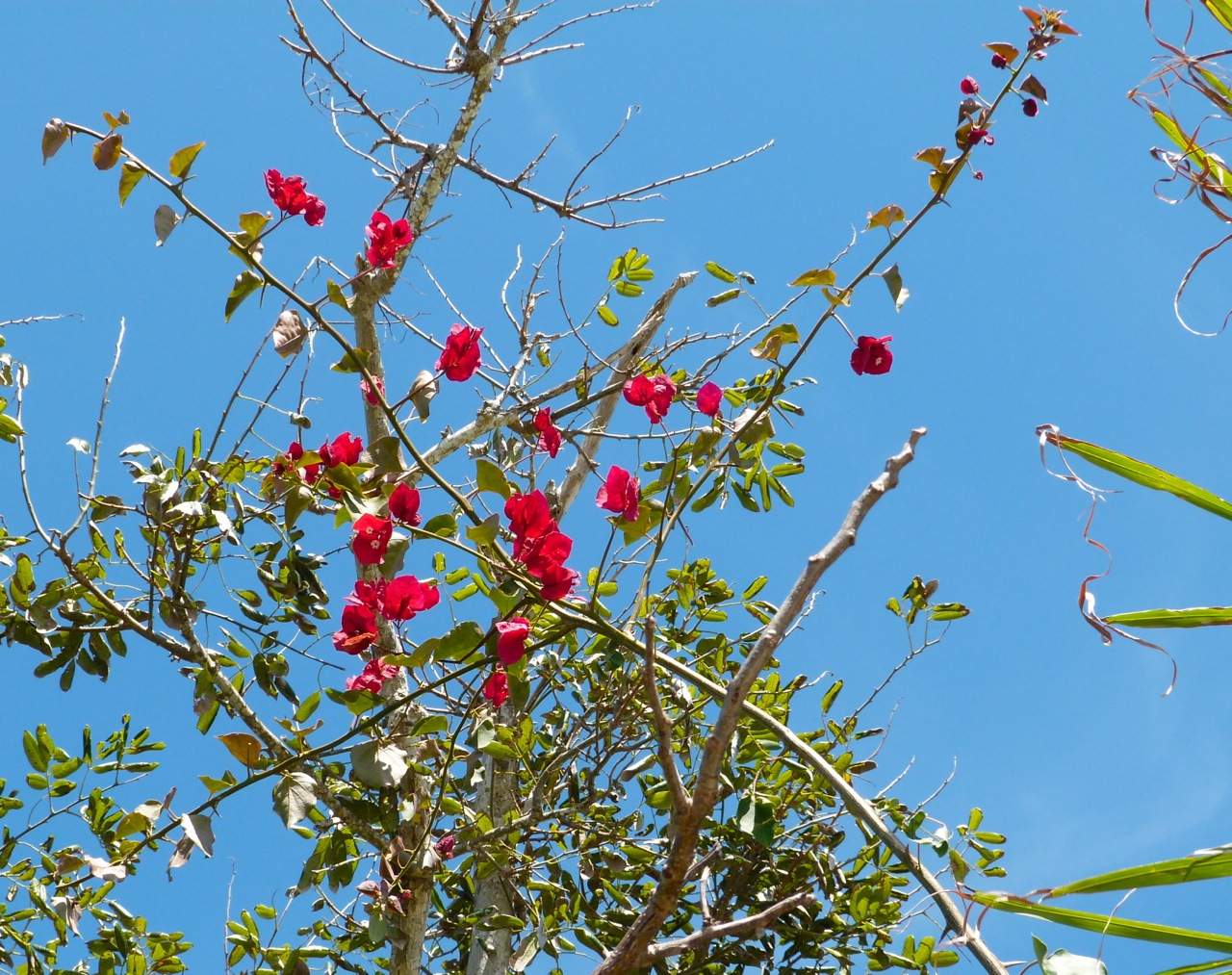

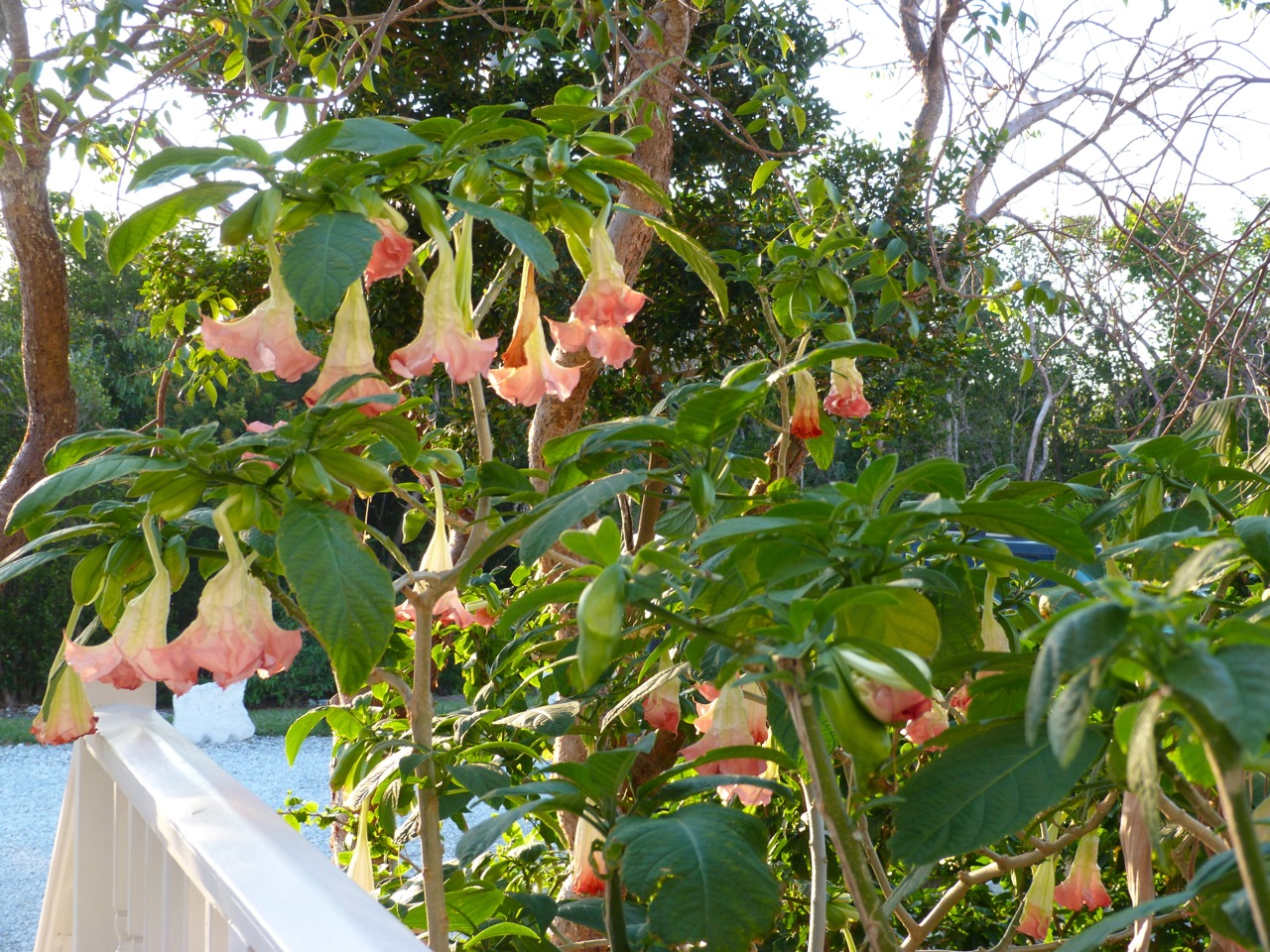




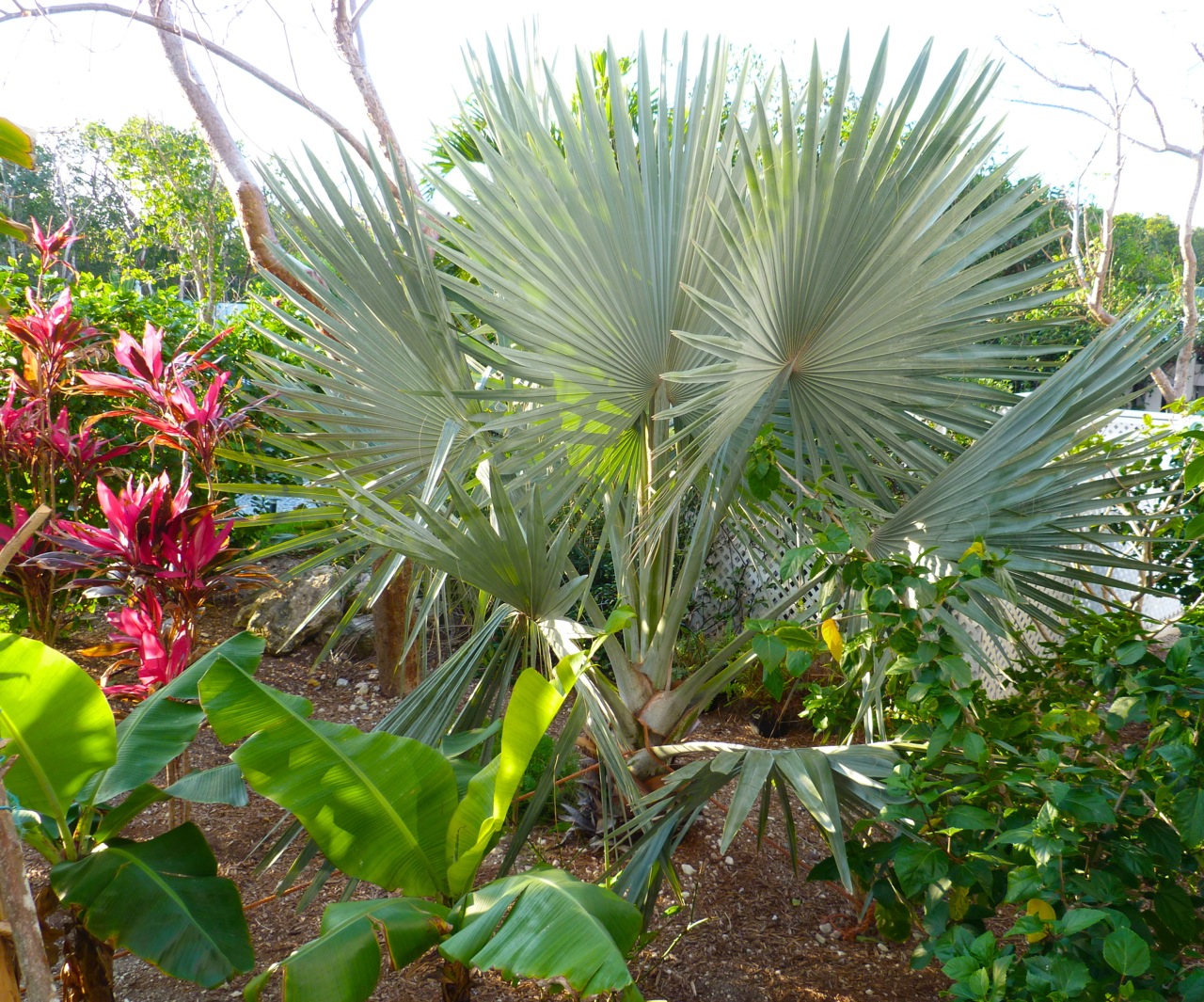
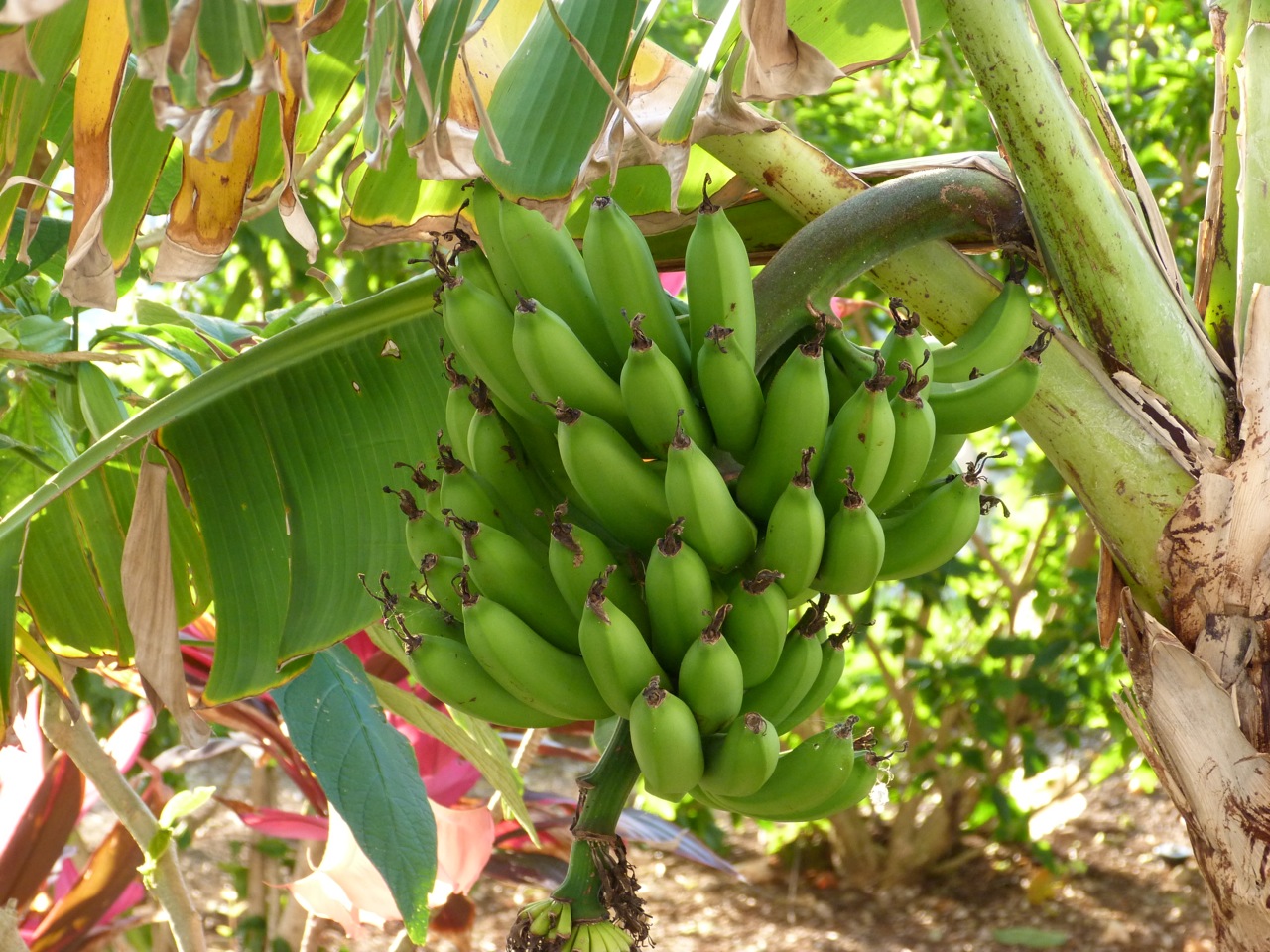


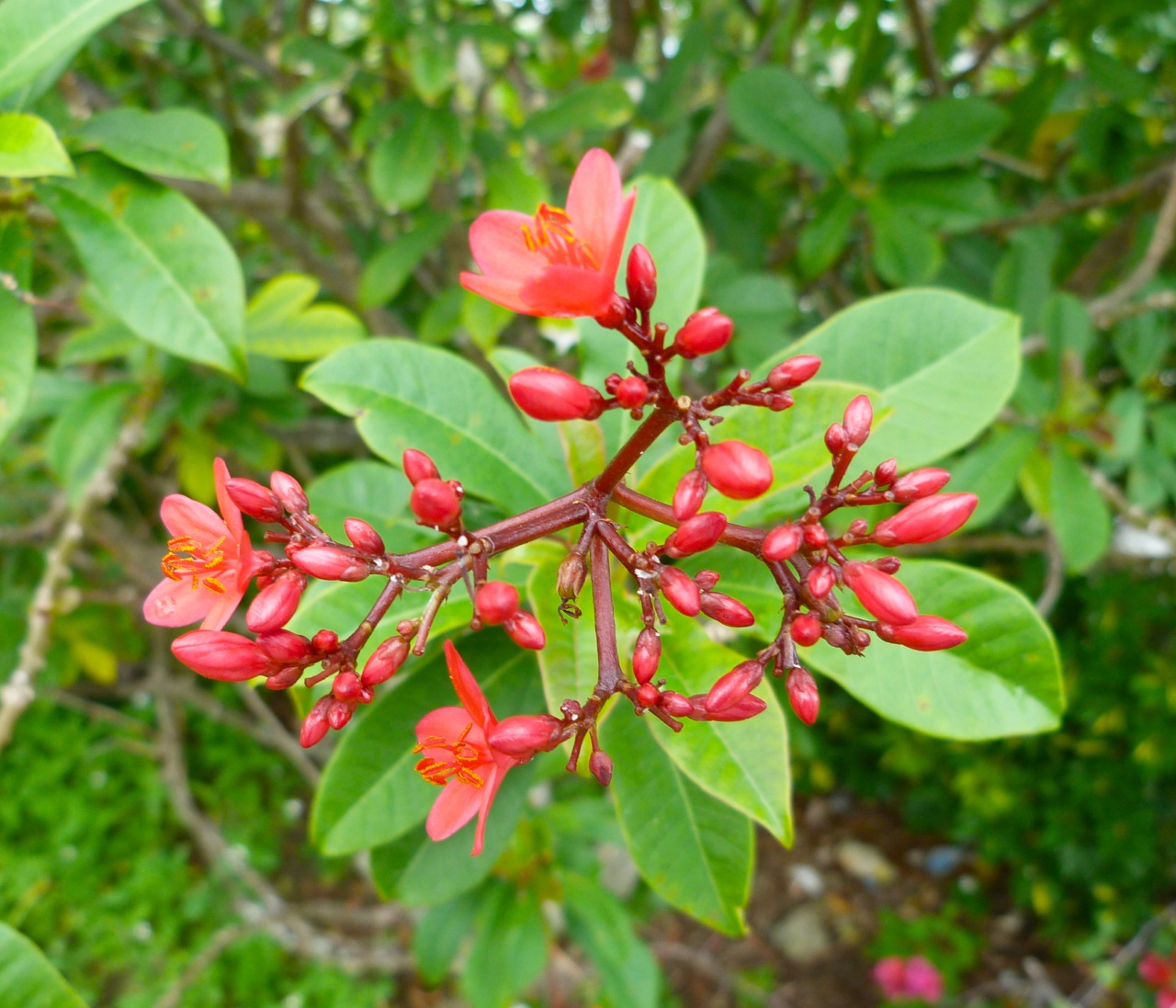











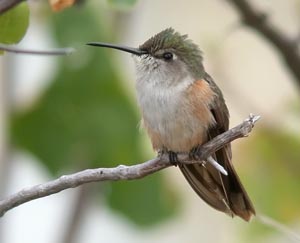

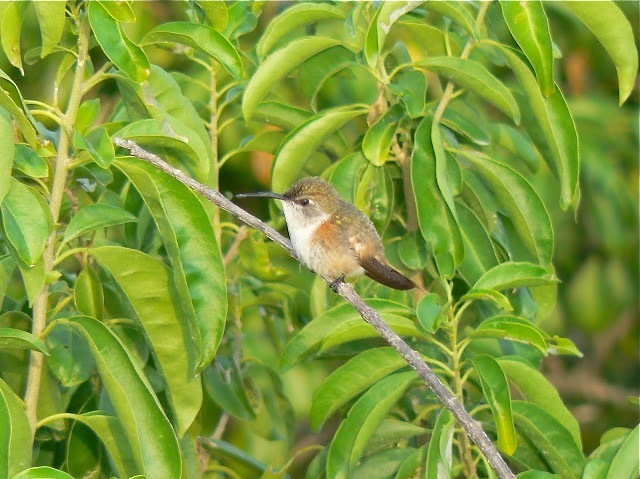
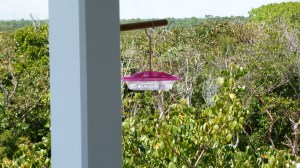


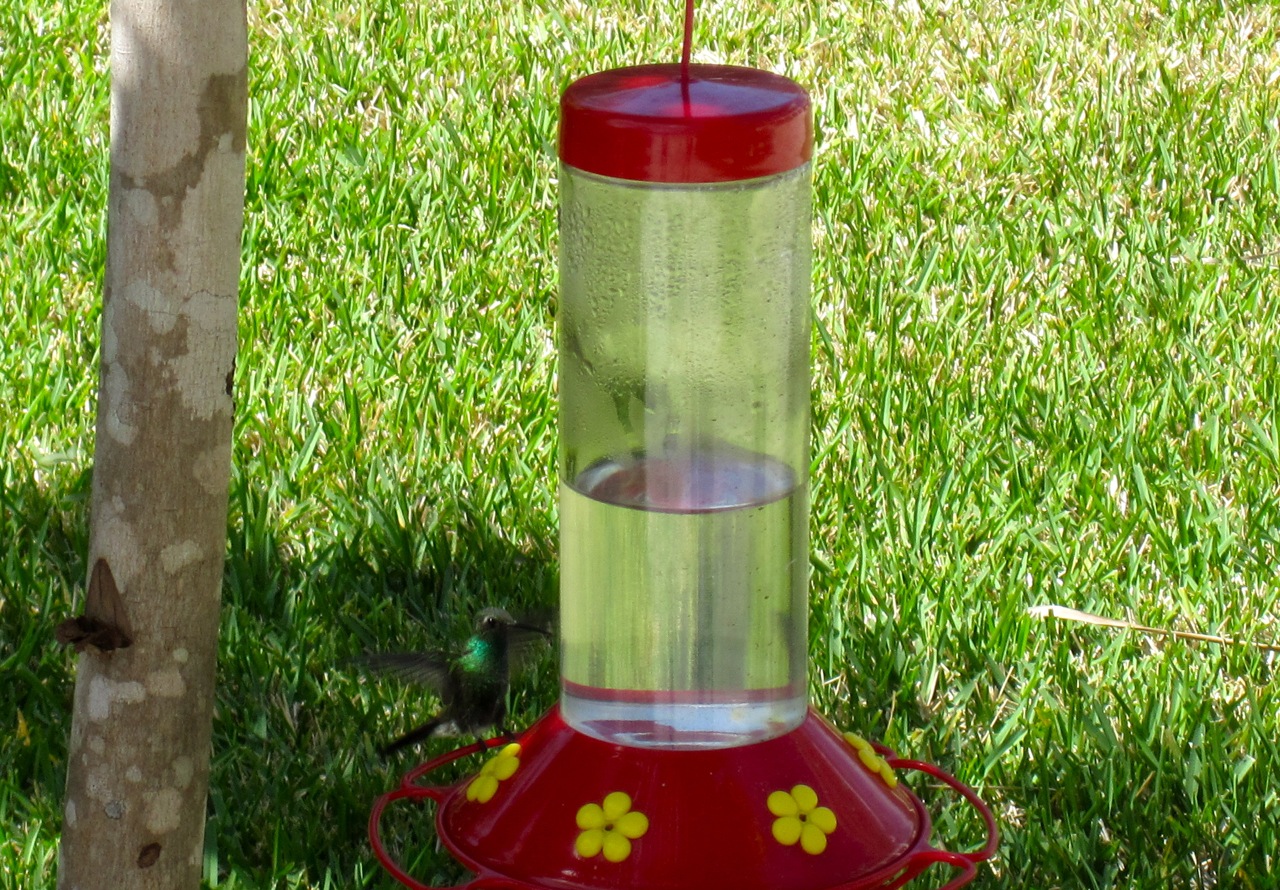

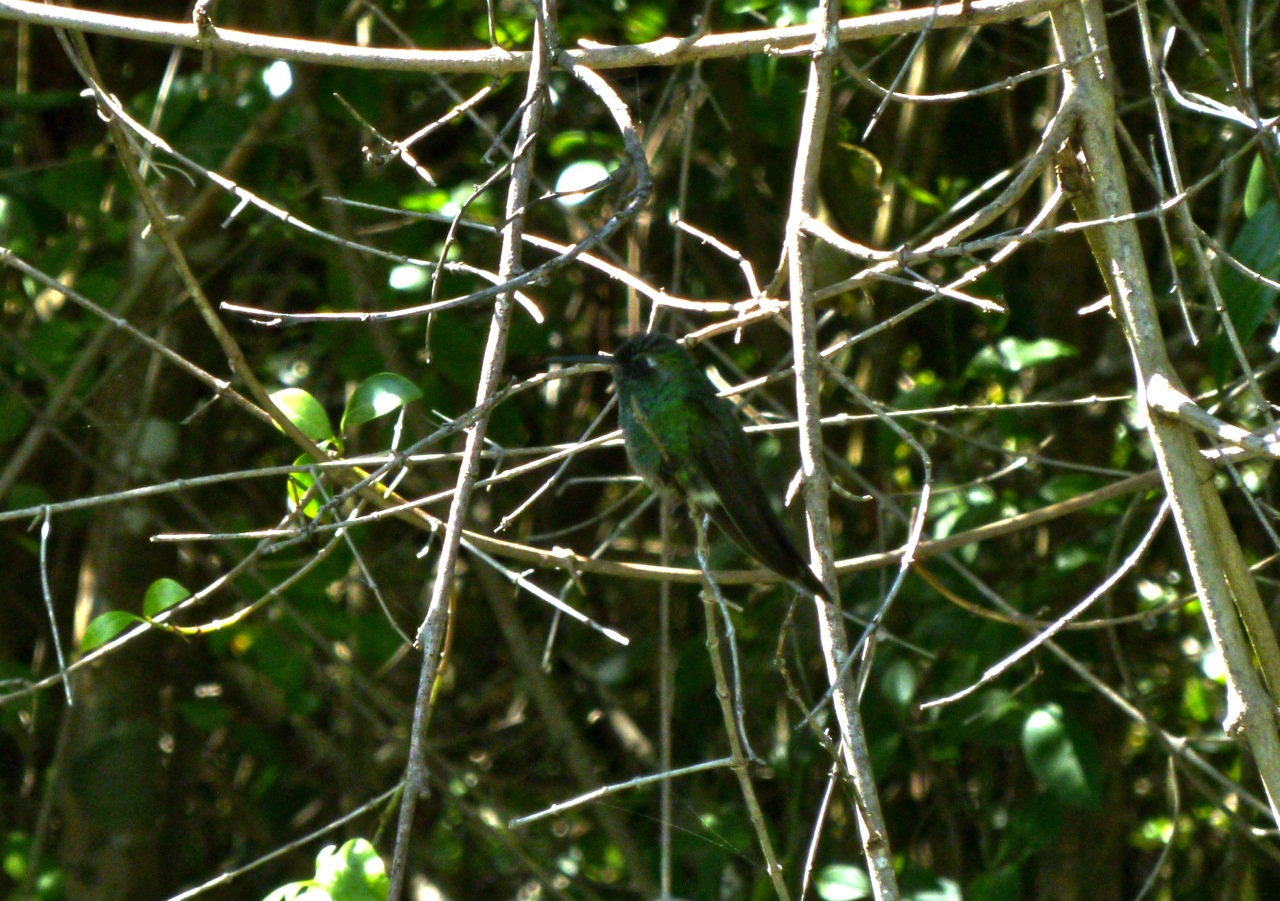



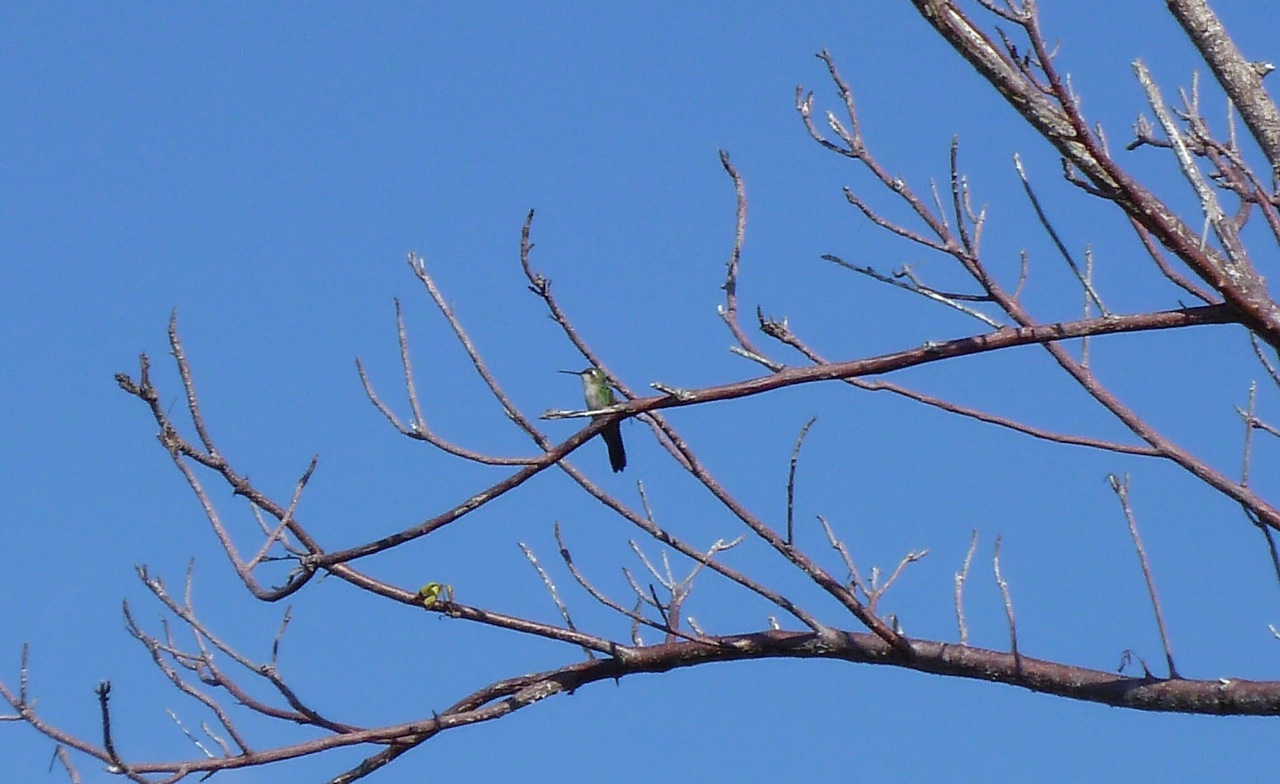
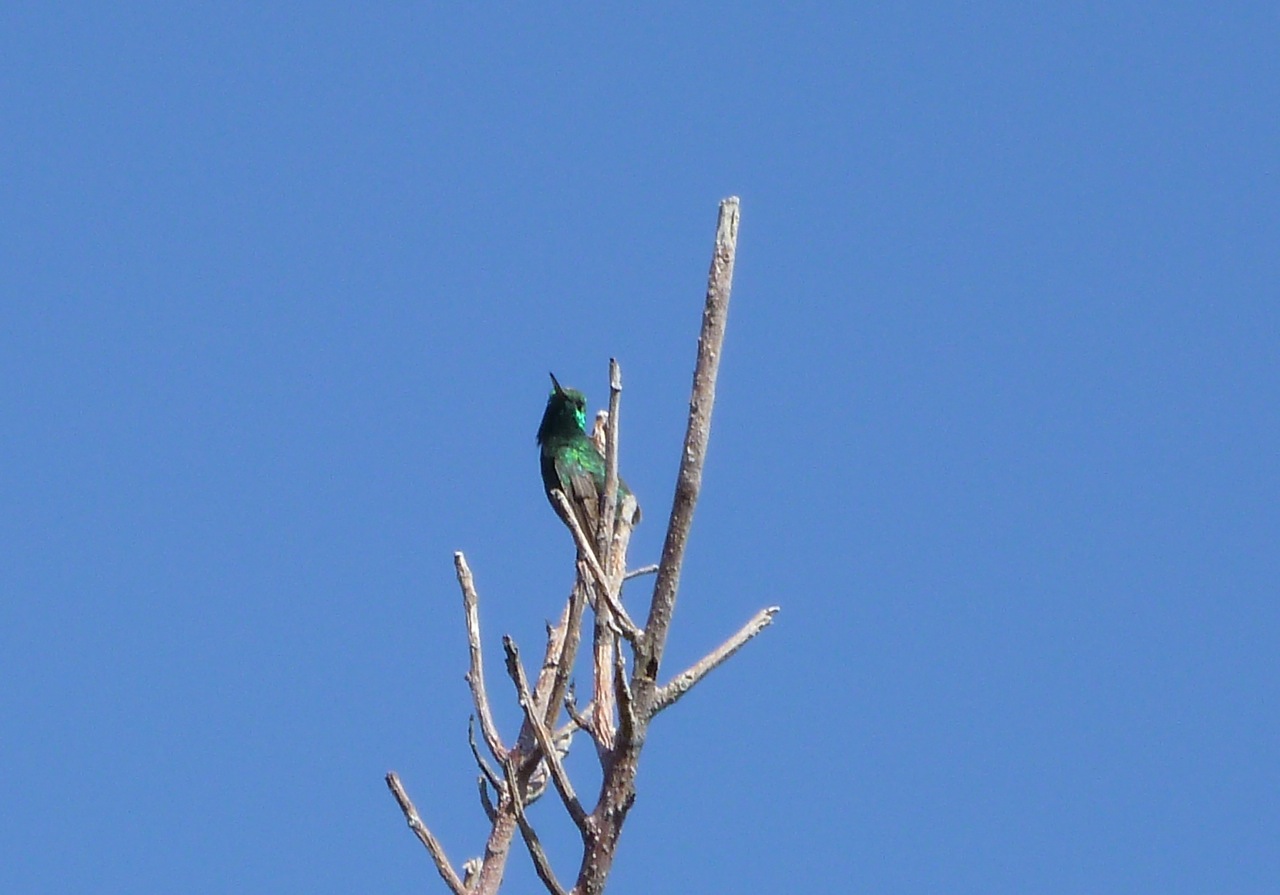




You must be logged in to post a comment.